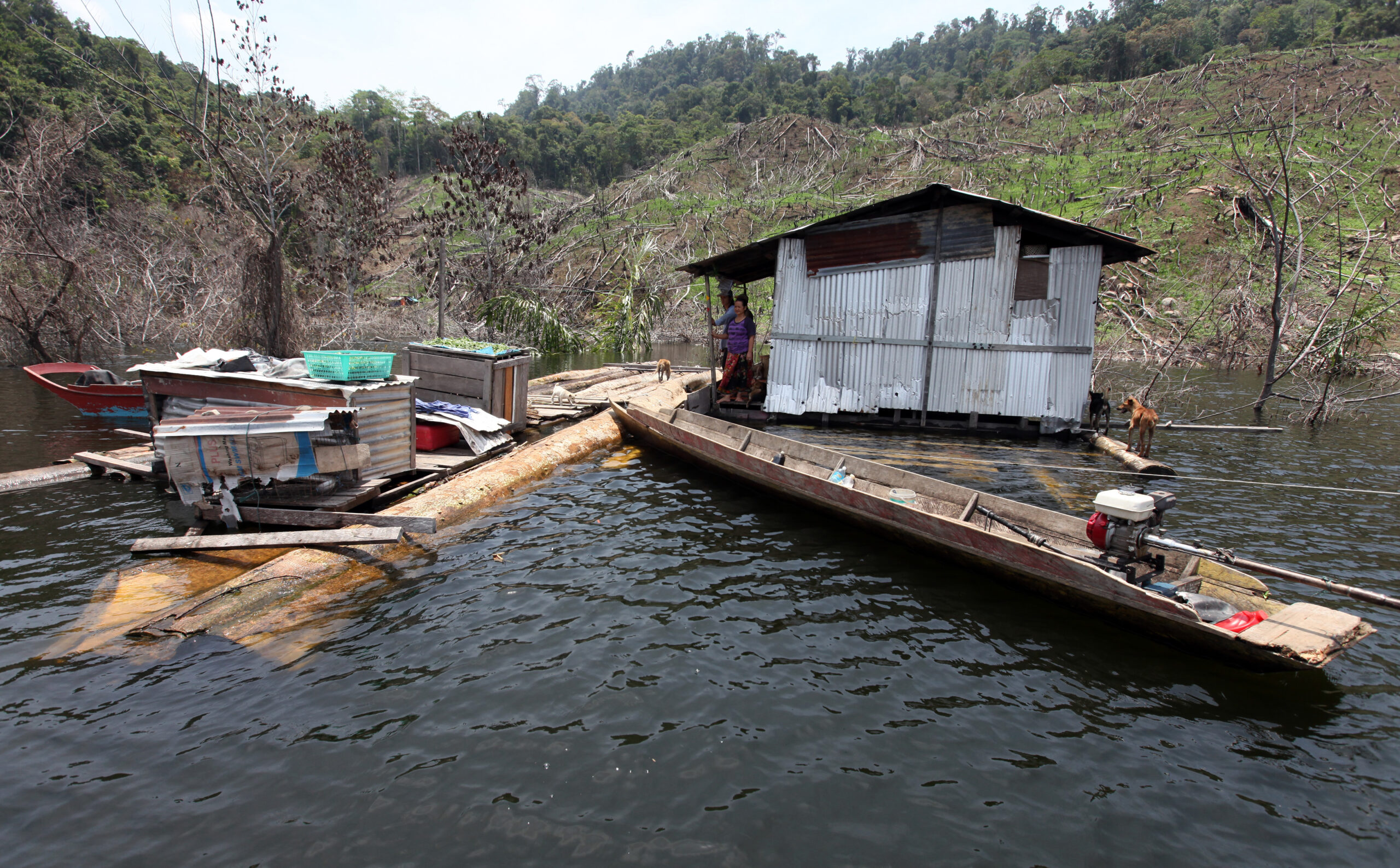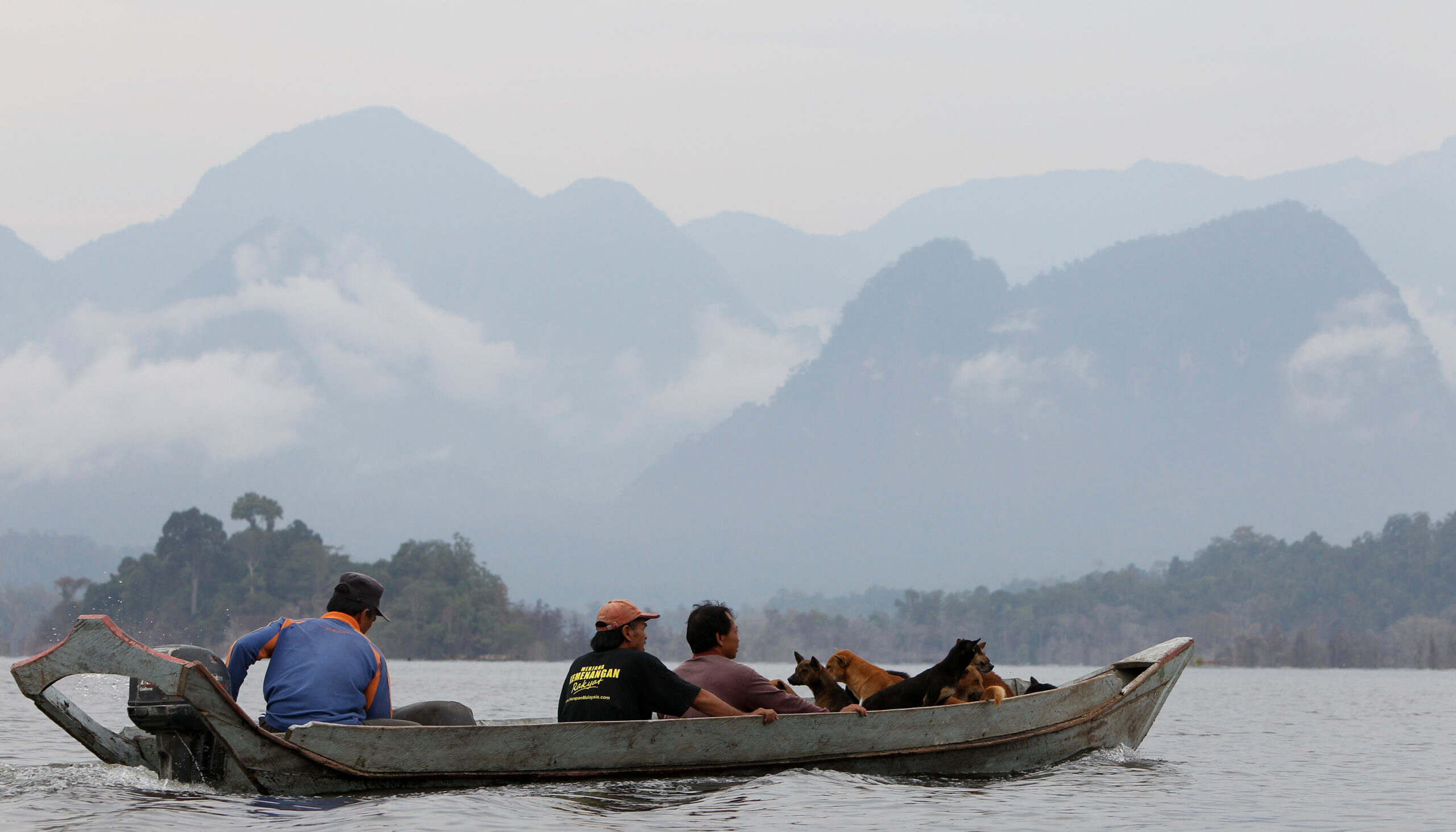In the late 1990s, the Bakun Dam was launched in Sarawak, a Malaysian state in Borneo, to meet the growing demand for electricity in Malaysia. The Bakun Dam is the second tallest concrete-faced rockfill dam in the world, and is the most expensive energy project in Southeast Asia. Since the early 2000s, electricity has become a significant factor in sustaining the well-being of the Malaysian population contributing to economic growth, most particularly in transport, commercial and residential sectors.
But the dam came at a high cost.
The project caused major environmental and ecological impacts such as the inundation of 69,640 hectares of terrestrial habitat which harmed the health of plant and animal species. It also negatively impacted indigenous communities as they were pushed off their land forcing them into poverty.
Many say this case reflects the lived realities that local communities face across every corner of Southeast Asia when dealing with such massive development and energy projects. These projects continue to harm marginalised social groups and other vulnerable populations across the region and often have severe repercussions on the environment.
But it is a difficult problem to address. According to the United Nations, the world’s population will reach 9.7 billion by 2050, with almost two-thirds living in urban areas. With this increased population, there will inevitably be a higher demand for energy. But fossil fuels may not be enough to meet this demand as the energy source is finite in nature.
Yet there is an increased dependency on fossil fuels, and this will exacerbate environmental degradation, climate researchers say. As fossil fuel combustion releases greenhouse gas emissions into the atmosphere, decades of scientific research has shown that these emissions contribute to global warming. The reality is if we do not reduce the amounts of carbon dioxide released by burning fossil fuels, we will see a rapid rise in global temperatures and this could have wide reaching ramifications for Southeast Asia.

Southeast Asian governments have shown some commitment on transforming the region from using fossil fuels to renewable sources of energy to advance climate action at a faster rate. However, as multinational corporations expand energy projects across the region, local indigenous communities are being driven out.
Given this reality, it’s imperative that we choose safer and less environmentally damaging sources of energy as we move forward as a civilisation. It’s also important that we ensure equal and equitable access to clean energy for all sectors of society. The question remains whether we have considered the impacts of energy transition on vulnerable groups in our societies.
As in the case of the Bakun Dam, governments and multimillion dollar corporations often obtain land and renewable energy resources without consulting local communities. There is a lack of participatory planning from stakeholders to chart a course of action to tackle environmental issues while also maintaining society’s ecological needs. This inevitably leads to environmental injustice, whereby the benefits of the environment only reach a privileged few while the negative environmental and economic externalities affect vulnerable communities.
The Bakun Dam displaced many indigenous communities in Sarawak as the dam drowned their rainforests and released billions of tons of methane into water reservoirs that the communities relied on to survive.

To address this problem, the Sarawak local government provided resettlement opportunities at a palm plantation site. However, the Long Lawen community claimed they would not be able to resettle there as the location had limited usage for cultivation due to restrictions on land and agriculture implemented by the local government.
Instead, the group relocated to a different area and built their own micro-hydropower dam to sustain themselves. Despite their efforts, the dam was only able to produce between four and six kilowatts each day, an amount too small to power their homes properly. The community then campaigned that some of the power from the mega dam be funnelled into their community as well. But international indigenous rights laws fail to mainstream inclusivity in the country’s decision-making process, further highlighting the deeply embedded cultural politics of the energy planning process in the region.
Policies and strategies must be explored beyond technocratic solutions to include grassroots empowerment to ensure that vulnerable groups are not systematically impacted. Although technocratic solutions allow policymakers to use scientific and technical expertise to make important decisions and create changes, it is crucial that local communities be given the same decision-making power to support transformative resilience on the ground.
In many cases, ‘sustainable’ programs often place a huge burden on communities who can least afford it. The greatest irony is that these programs reward those who consume the most energy by giving them unlimited access to benefits and incentives. This consequently gives rise to inequitable distribution of energy across all incomes and demographics.
The basic tenets of environmental justice is that communities receive equal protection of their land , housing, health, education, and employment. And environmental justice and human rights are deeply connected. Understanding institutional biases and seeking collaboration with stakeholders to change the system is pertinent to achieving fair environmental justice and a better human rights landscape.
The process of mobilising diversified knowledge is vital in attaining environmental equality and equity. We can learn from indigenous communities like those in Sarawak who have lived in harmony with nature for centuries.
Through their knowledge of land-based stewardship, we can develop practical ways to protect and restore carbon-rich, biodiverse forests and other ecosystems essential to fight climate change and species collapse.
Green activism has grown to a remarkable scale in the region. And as environmental justice is firmly embedded in the wider political, social, and economic dynamics of Southeast Asia, it is necessary to ensure that it is truly achieved.
Yet environmental justice is no trivial matter. We need a paradigm shift for environmental consciousness that encompasses equal human protection, one where the people of this earth and the planet can thrive together.
Qayyimah Al-Zelzy is a Volunteer Research Associate at the Global Awareness & Impact Alliance (GAIA) Brunei.


